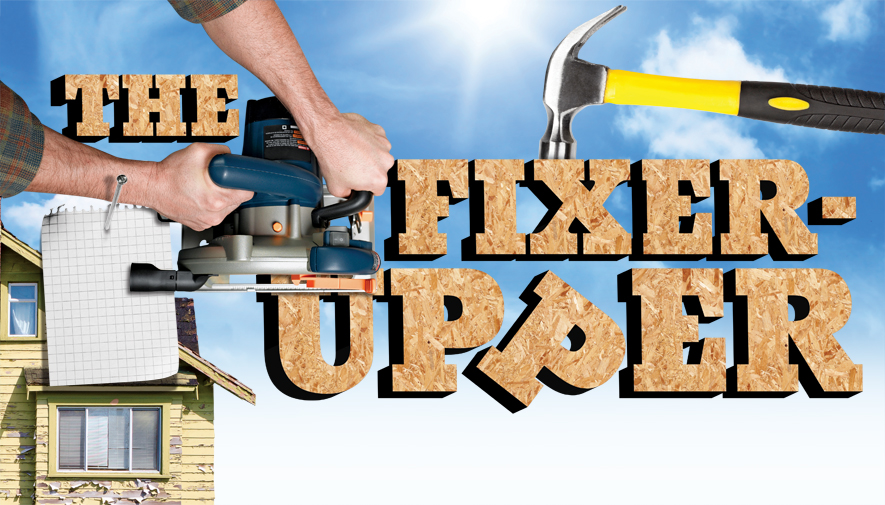How to avoid a home renovation nightmare
Many home buyers dream of turning a handyman special into a dream home. But can yo u really pull that off?
Advertisement
Many home buyers dream of turning a handyman special into a dream home. But can yo u really pull that off?
 If you’re an aspiring homeowner on a tight budget, don’t be turned off by those dirty, run-down and miserably out-of-date properties in the real estate listings. Sure, a few of them look like a scene out of the The Munsters. But those cobwebbed fuse boxes, creaky joists, linoleum floors and hideous kitchen cabinets could be your ticket to an urban neighbourhood that would otherwise be unaffordable.
Just think: you could snag a rundown place on a great street for much less than you would pay for a house with curb appeal. Then you can invest some money and a lot of sweat equity and end up with a like-new house worth twice what you paid. Better yet, you can finish the home in a way that perfectly suits your tastes and needs and turn that rundown shell into your own urban sanctuary.
But buying a fixer-upper can also be fraught with peril. Before taking the plunge, you’ll need a realistic idea of what you’re getting into—and that goes beyond setting a budget and arranging a mortgage. We’ll show you what factors can make the difference between a handyman special and a money-pit nightmare.
If you’re an aspiring homeowner on a tight budget, don’t be turned off by those dirty, run-down and miserably out-of-date properties in the real estate listings. Sure, a few of them look like a scene out of the The Munsters. But those cobwebbed fuse boxes, creaky joists, linoleum floors and hideous kitchen cabinets could be your ticket to an urban neighbourhood that would otherwise be unaffordable.
Just think: you could snag a rundown place on a great street for much less than you would pay for a house with curb appeal. Then you can invest some money and a lot of sweat equity and end up with a like-new house worth twice what you paid. Better yet, you can finish the home in a way that perfectly suits your tastes and needs and turn that rundown shell into your own urban sanctuary.
But buying a fixer-upper can also be fraught with peril. Before taking the plunge, you’ll need a realistic idea of what you’re getting into—and that goes beyond setting a budget and arranging a mortgage. We’ll show you what factors can make the difference between a handyman special and a money-pit nightmare.
Share this article Share on Facebook Share on Twitter Share on Linkedin Share on Reddit Share on Email